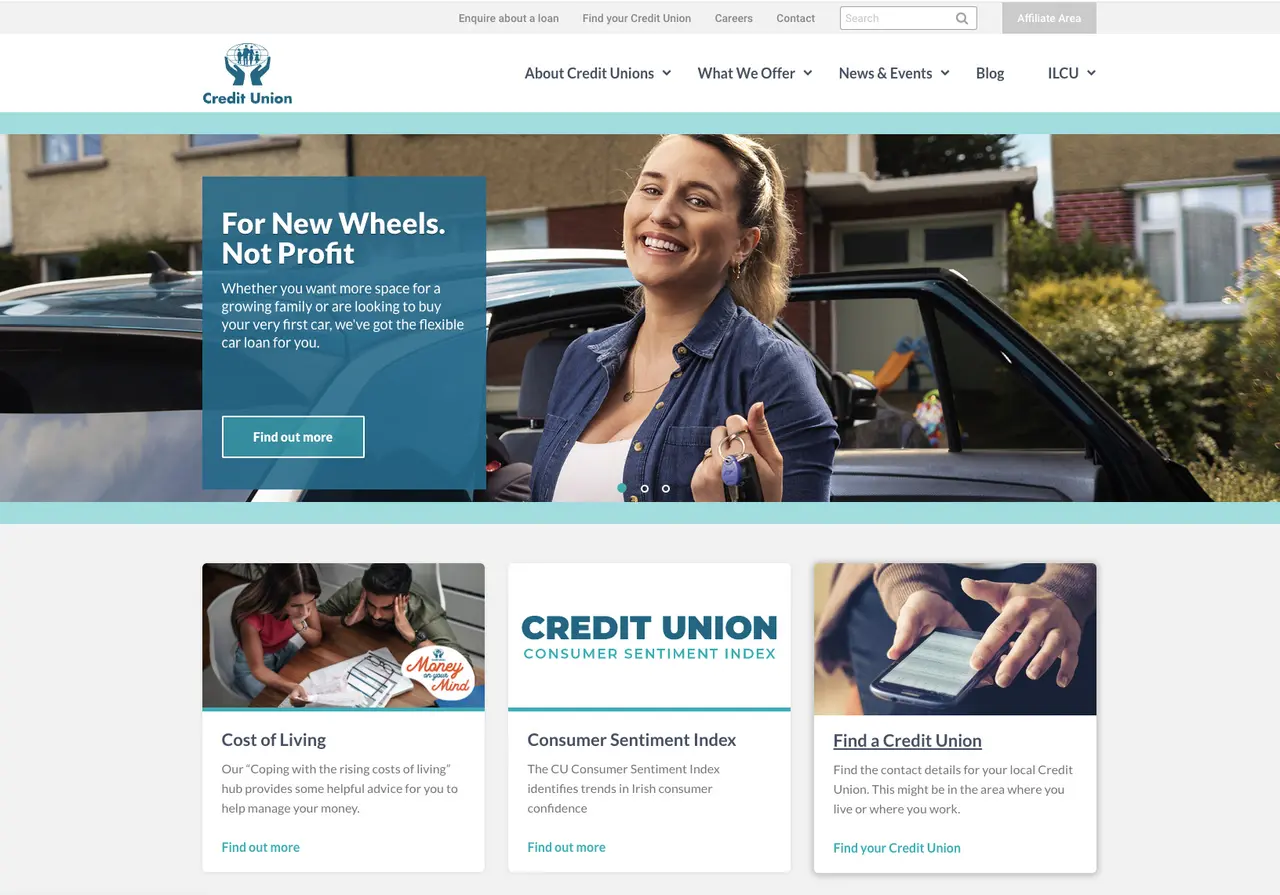In an era where digital interfaces are the new front doors to financial institutions, web content creation emerges as a pivotal tool for credit unions to shape exceptional online member experiences. This comprehensive analysis explains how leveraging content not only keeps credit unions competitive but also deepens member relationships.
Understanding the Impact of Web Content on Member Experience
The digital age has transformed how credit unions interact with their members, making the quality of online content more critical than ever. With the first interaction often happening through a screen, web content creation plays a significant role in attracting and retaining members.
This shift in interaction means that a credit union’s website and its digital content become central to the member’s journey. From clear product descriptions to engaging educational resources, effective web content can demystify complex financial topics, making them more accessible and understandable to members.
Strategies for Effective Web Content Creation for Credit Unions
At the heart of effective web content creation lies a deep understanding of the target audience. Credit unions must delve into the needs, preferences, and behaviours of their members to craft content that resonates and engages.
Content diversity is key. Mixing formats—from articles and blogs to videos and infographics—ensures that information is accessible to all members, regardless of their preferred consumption style. Moreover, optimising content for search engines can significantly increase visibility and drive traffic.
Localising content provides an additional layer of personalisation, making members feel seen and valued. Personalised financial tips, community news, and updates about local branch services can foster a sense of belonging and community among members.
Evaluating the Success of Your Web Content Strategy
Determining the success of a web content strategy requires metrics that measure both engagement and conversion. Analytics tools can reveal how users interact with content, identifying what attracts attention and what doesn’t.
Engagement metrics like page views, time on site, and bounce rate can offer insights into the content’s relevance and usefulness to members. Conversion rates, on the other hand, help measure the effectiveness of content in driving desired actions, whether signing up for a newsletter or applying for a loan.
Regular review and adjustment of the content strategy are crucial. Feedback loops, through surveys or comment sections, can provide valuable direct input from members, allowing credit unions to refine and adapt their content for maximum impact.
As we’ve explored the nuances of web content creation, it’s clear that it is a cornerstone in defining the quality of credit unions’ online customer experience. By harnessing the power of effective content strategies, credit unions can not only meet but exceed member expectations, solidifying their position in the digital landscape.



